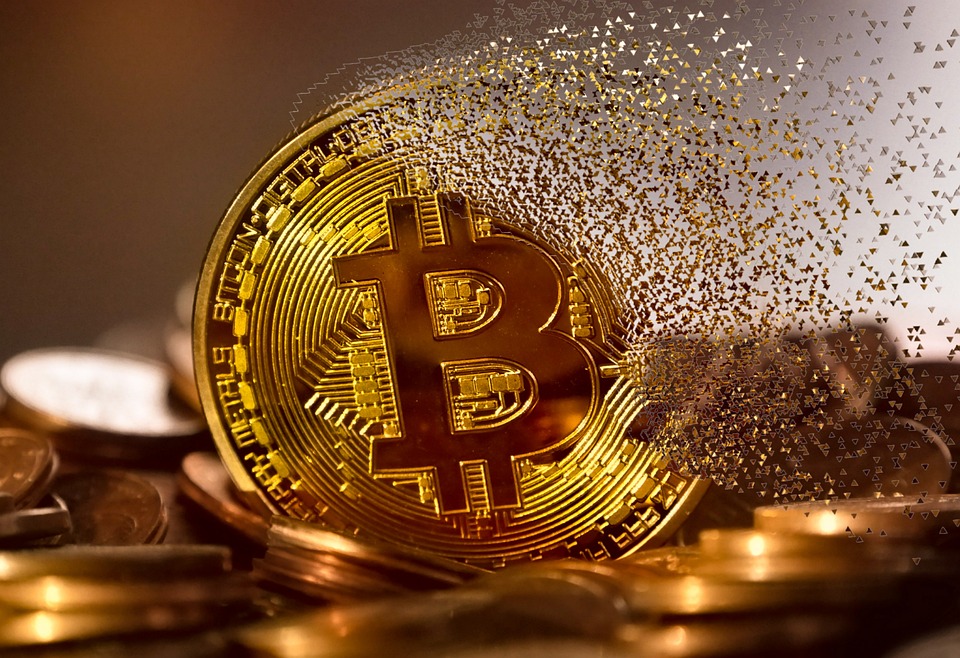[ad_1]
In recent years, DeFi, or Decentralized Finance, has emerged as a revolutionary concept, promising to reshape the way individuals interact with financial systems. By using blockchain technology, DeFi aims to create an open, permissionless, and transparent financial ecosystem that diminishes the reliance on traditional financial intermediaries. This guide delves into understanding DeFi, its core principles, and its potential to lead to greater financial independence.
What is DeFi?
Decentralized Finance (DeFi) refers to a broad category of financial applications that utilize blockchain technology, primarily on the Ethereum network. Unlike traditional finance, which is centralized and controlled by institutions such as banks and governments, DeFi relies on smart contracts—self-executing contracts with the terms of the agreement directly written into code.
DeFi provides various financial services, including lending, borrowing, trading, and earning interest on assets without the need for intermediaries. Users can engage with DeFi protocols via decentralized applications (dApps) that run on blockchain networks.
Core Principles of DeFi
1. Open Access
One of the most appealing aspects of DeFi is its commitment to open access. Anyone with an internet connection can participate in DeFi ecosystems—there are no stringent KYC processes or barriers to entry like in traditional finance.
2. Transparency
Transactions conducted on DeFi platforms are recorded on public blockchains, providing complete transparency. Users can verify the authenticity of transactions without relying on centralized entities.
3. Interoperability
DeFi projects are built on standard protocols that allow different applications to work seamlessly together. This interoperability promotes innovation and allows users to move assets across platforms easily.
4. Programmability
Smart contracts automate and enforce agreements without human intervention. This programmability reduces the potential for fraud and increases efficiency.
Key Components of DeFi
1. Decentralized Exchanges (DEXs)
DEXs allow users to trade cryptocurrencies directly with one another without a central authority. Popular DEXs include Uniswap, SushiSwap, and PancakeSwap. These platforms enable users to maintain control over their funds while facilitating liquidity through automated market-making.
2. Lending and Borrowing Platforms
Platforms like Aave and Compound allow users to lend their assets in exchange for interest or borrow assets by providing collateral. This peer-to-peer lending system eliminates the need for banks, providing users with better terms.
3. Stablecoins
Stablecoins are cryptocurrencies that peg their value to stable assets like the US dollar, offering a more stable medium of exchange within the DeFi ecosystem. Examples include USDT, USDC, and DAI.
4. Yield Farming and Liquidity Mining
Users can earn rewards for providing liquidity to DeFi protocols through yield farming and liquidity mining. By staking or lending their assets, users can receive tokens as incentives, which can significantly increase their returns on investment.
Financial Independence Through DeFi
DeFi represents a paradigm shift in personal finance. By leveraging decentralized finance, individuals can take control of their financial destiny. The possibilities for financial independence are numerous:
1. Increased Earning Potential
By participating in DeFi, users can access higher interest rates on savings and fluid investment opportunities that are often not available in traditional banking systems.
2. Control Over Assets
Since users maintain custody of their assets in DeFi, they have complete control over their investments without the fear of banks restricting access to funds.
3. Global Accessibility
DeFi allows anyone globally to access financial services, providing significant opportunities for individuals in underbanked regions. This could help bridge the gap for those who lack access to traditional banking services.
4. No Middlemen
By eliminating intermediaries, DeFi reduces costs and promotes faster, easier transactions, allowing users to maximize their returns.
Conclusion
Decentralized Finance is more than just a financial trend; it represents a potential movement toward a more equitable financial system. As users become educated about DeFi, they gain the opportunity to take control of their financial journey, making informed decisions that align with their goals for financial independence. However, with great potential comes risks—users should approach DeFi with caution, thoroughly researching projects and practices before engaging.
FAQs
1. What are the risks associated with DeFi?
Risks in DeFi include smart contract vulnerabilities, market volatility, and potential regulatory changes. Always conduct thorough research and only invest what you can afford to lose.
2. How do I get started with DeFi?
To start with DeFi, set up a cryptocurrency wallet, acquire some cryptocurrencies, and explore various DeFi applications. Begin with small investments to familiarize yourself with the platforms.
3. Are DeFi platforms regulated?
DeFi platforms are generally less regulated than traditional financial institutions. As a result, users should be cautious and ensure they understand the protocols they are using.
4. Can I lose my money in DeFi?
Yes, losing money is a possibility due to the volatility of cryptocurrencies and potential risks associated with projects. It’s crucial to conduct research and assess the risks involved.
[ad_2]
